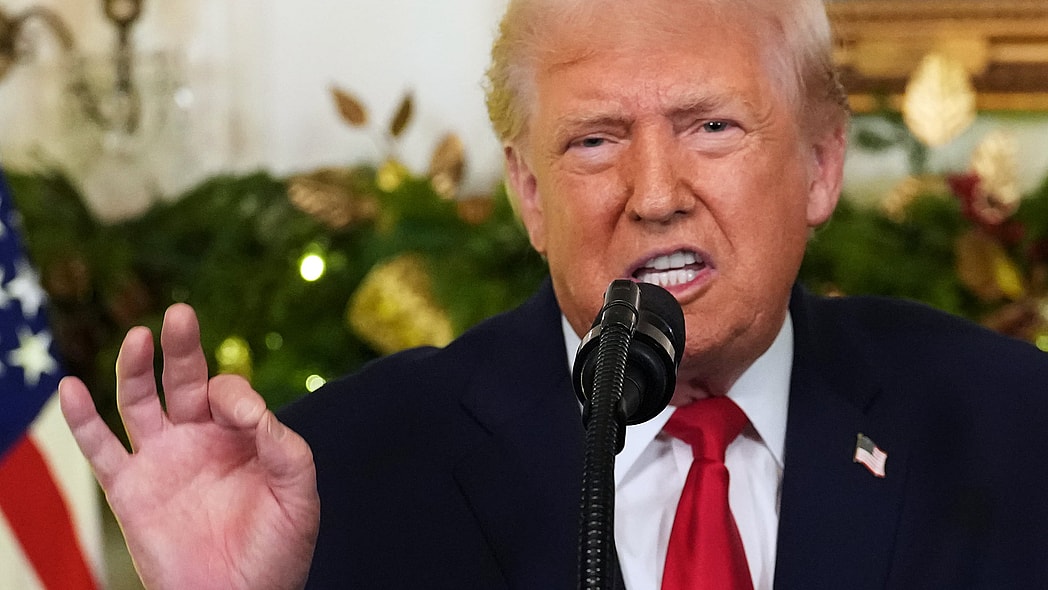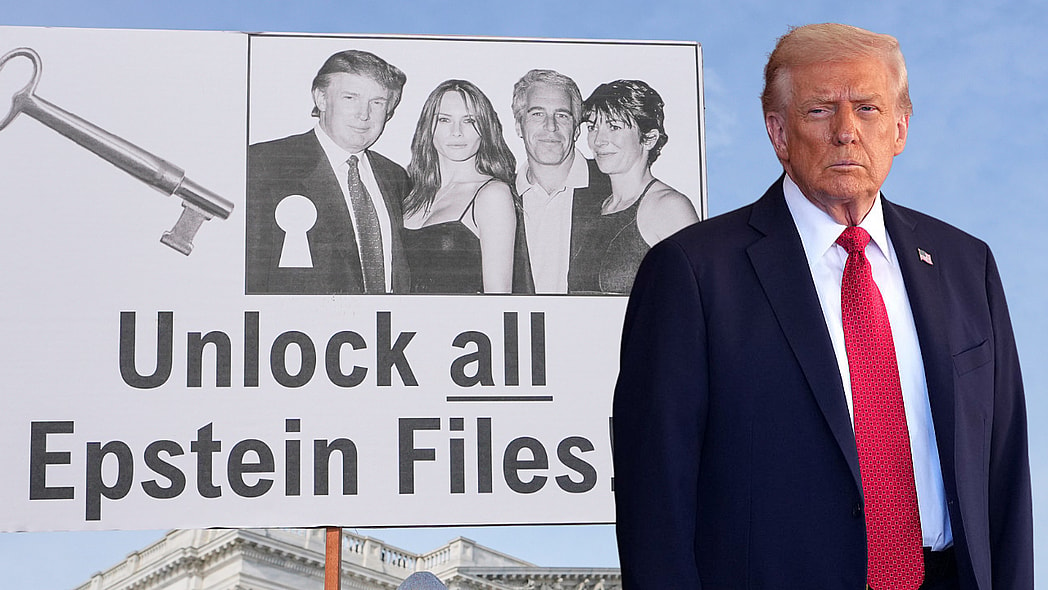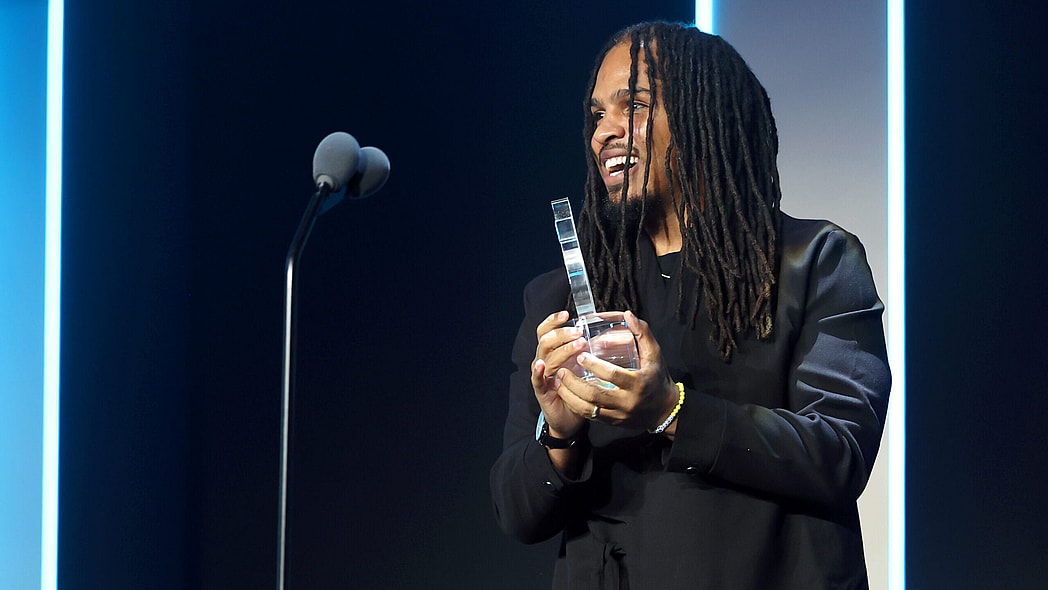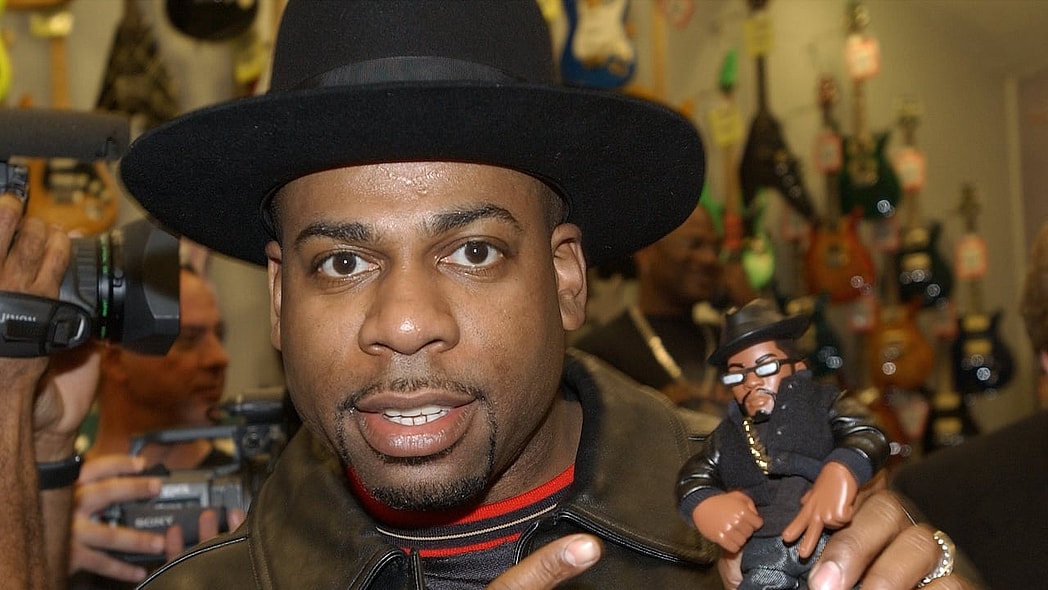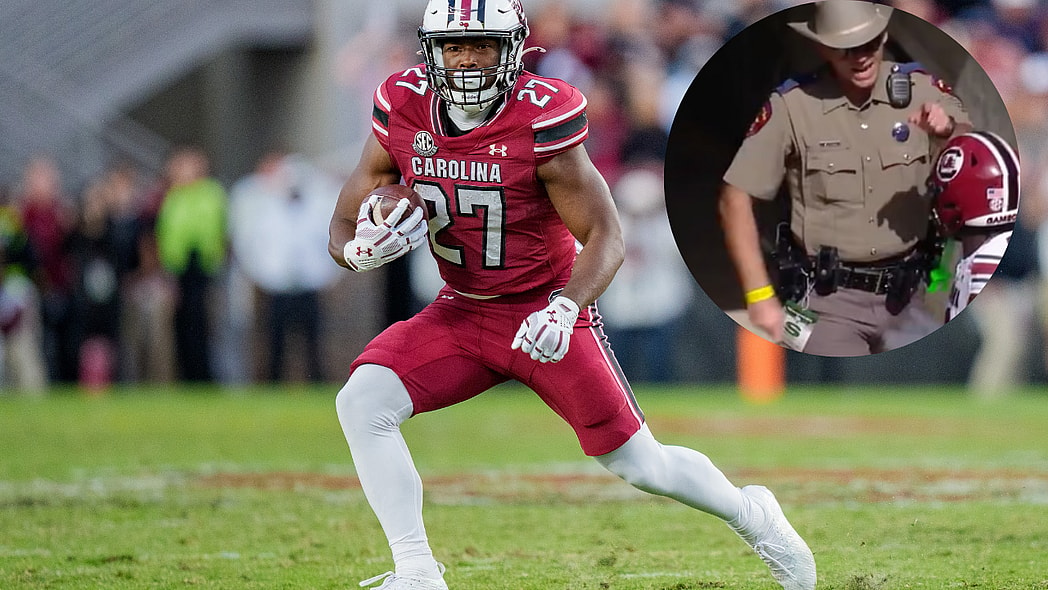A Maryland college hopes to become the second among the nation’s more than 100 historically Black colleges and universities to train veterinarians.
The University of Maryland Eastern Shore received state approval last month to establish a veterinary medicine school. According to USA Today, fewer than 40 veterinary programs exist nationwide, with Alabama’s Tuskegee University being the only other HBCU that houses one.
Moses Kairo, head of the university’s agriculture and natural sciences department, stated that under the best-case scenario, UMES’ new veterinary school will be accredited by 2025 and enroll up to 100 graduate students annually.

Vet school at UMES will “change the landscape,” Kairo asserted, meeting several requirements in a field where the percentage of Black workers is a mere 3%.
Kairo said UMES will implement a hands-on, accelerated three-year curriculum similar to what the University of Arizona offers. “We will not be sacrificing our curriculum as we will offer courses similar to four-year schools,” he noted, “but our students will be in session throughout the year to complete their requirements.”
The university’s Department of Agriculture, Food, and Resource Sciences already has a pre-veterinary program that graduates about five to seven students per academic year, USA Today reports.
UMES has named Associate Professor Dr. Kimberly Braxton as the interim founding dean of the veterinary school. She stated talks regarding establishing a new veterinary school had been going on for at least six years.
As a licensed veterinarian and alum of UMES, Braxton said it “pulled at my heartstrings” to learn that many current pre-vet students had never seen a Black veterinarian before meeting her.
The growing demand for additional veterinarians also comes at a time when more Americans own pets.
Recommended Stories
The American Pet Products Association trade group reports that, compared to 56% in 1988, almost 70% of American homes now have pets.
According to USA Today, the American Society for the Prevention of Cruelty to Animals found that during the first year of the COVID-19 pandemic, around 23 million American households — roughly 1 in 5 — adopted a pet.
Mark Cushing, author of 2020’s “Pet Nation: The Inside Story of How Companion Animals Are Transforming Our Homes, Culture, and Economy,” said millennials and Gen Z(ers) want their pets to receive the same scale of health care they do.
“Unfortunately,” he added, “the supply (of veterinarians) hasn’t caught up with the demand.”
Mars Veterinary Health research published in August 2023 shows that the U.S. would require around 55,000 additional veterinarians by 2030 to satisfy pet health care requirements. The report also indicated the need for more robust career pathways and a more extensive talent pipeline.
“The bottom line is we need more veterinarians of all races, from all backgrounds,” said Animal Health Industry Recruiter Stacy Pursell, USA Today reported. “It’s a much bigger picture than just race. There are very limited spots at veterinary schools and they turn away more students than they can accept.”
Never miss a beat: Get our daily stories straight to your inbox with theGrio’s newsletter.

